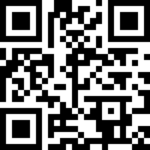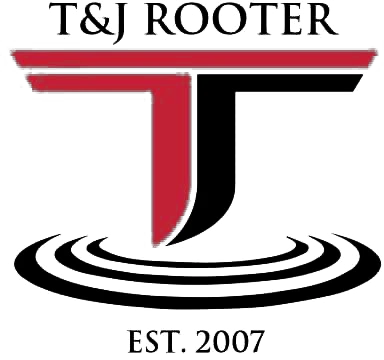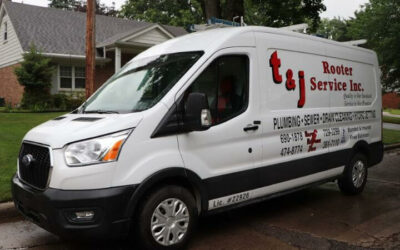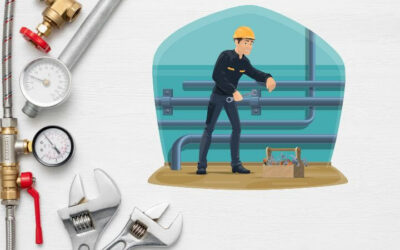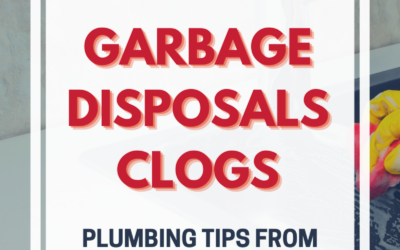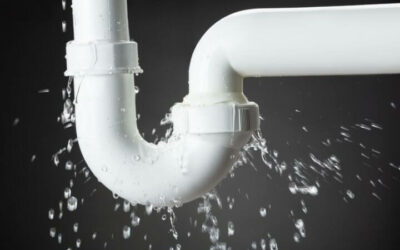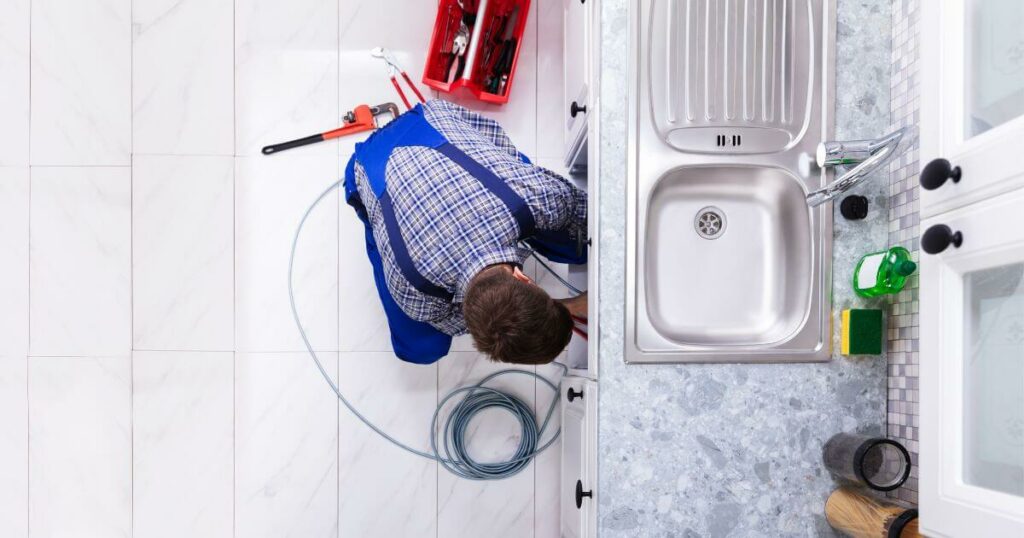
Camera inspection in diagnosing drain issues might often be overshadowed by traditional plumbing methods. Yet, it carves its niche with unmatched precision and efficiency. This innovative approach sets it apart in the comprehensive world of plumbing diagnostics, offering a unique solution that distinguishes camera inspection as a category in its own right.
Key applications of camera inspection include identifying blockages, inspecting pipe damage, and evaluating general drain health, each known for their specific diagnostic benefits. Single-use, high-definition camera technology also stands out, offering a detailed but non-invasive choice for plumbing professionals. Diving a bit deeper, each application of camera inspection presents its own set of insights, operational techniques, historical significance, and implications for maintenance strategies. T&J Rooter Services leverages these state-of-the-art techniques to provide top-notch plumbing services.
The following sections will explore these aspects in detail, providing a richer understanding of what makes camera inspection an invaluable tool in modern plumbing diagnostics.
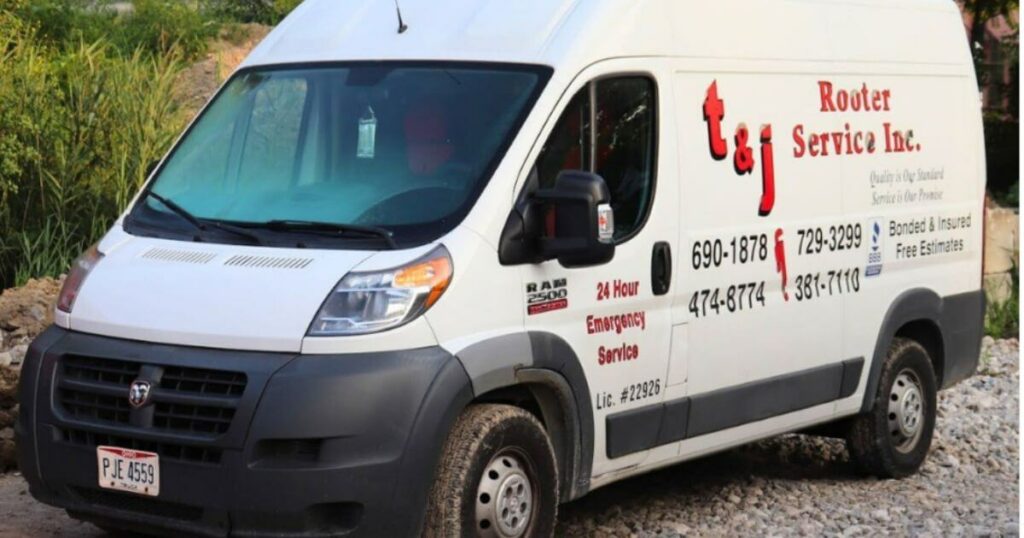
What is camera inspection in diagnosing drain issues?
Camera inspection is a cutting-edge technique used in plumbing to diagnose drain issues with accuracy and efficiency. This method involves the use of a high-definition camera attached to a flexible rod, which is then inserted into the drain system. It allows plumbers to view the interior of pipes in real-time, providing a non-invasive way to spot blockages, damage, and signs of wear.
This approach is particularly valuable because it eliminates the need for guesswork in identifying problems, making it a preferred diagnostic tool. By offering a clear and immediate visual of the issue, camera inspection empowers homeowners and professionals to make informed decisions regarding repairs. This not only prevents minor issues from becoming major but also saves time and money by avoiding unnecessary excavation or property damage.
In essence, camera inspection is a cornerstone in modern plumbing diagnostics, highlighting its role as an indispensable tool in maintaining the health of drainage systems.
Why is camera inspection crucial for drains?
Camera inspection is essential for maintaining and diagnosing drain issues due to its precision in identifying blockages and damage. This method stands out because it allows for a non-invasive peek into the inner workings of pipes, making it possible to accurately pinpoint problems without the need for destructive methods like digging. This precision not only preserves the structural integrity of properties but also ensures that the exact nature and location of the issue are identified quickly.
Moreover, the efficiency and accuracy of camera inspection in revealing hidden problems make it an indispensable tool in the plumbing industry. It facilitates swift decision-making, leading to quicker resolutions and, ultimately, saving both time and resources. By preventing minor issues from evolving into significant, costly repairs, camera inspection proves to be crucial in extending the life and functionality of drainage systems with minimal inconvenience to property owners.
Its role in modern plumbing diagnostics highlights the importance of adopting innovative solutions for long-term maintenance and care.
Identifies blockages and damage accurately
Camera inspection excels in pinpointing blockages and structural damage within drains with remarkable precision. It offers a real-time view inside the pipes, making it possible to accurately spot issues caused by debris, tree roots, or physical damages. This method ensures diagnostics are based on direct visual evidence, eliminating the uncertainties and inaccuracies often associated with older diagnostic techniques.
Reduces need for destructive methods
A key benefit of camera inspection is its ability to minimize the need for invasive diagnostic methods. Unlike traditional approaches that may involve digging up property to access pipes, camera inspection is entirely non-invasive. It preserves the property’s structural integrity while delivering detailed insights into the drainage system’s condition.
This approach not only conserves time and financial resources but also significantly reduces inconvenience for property owners, making it a preferred choice in modern plumbing diagnostics.
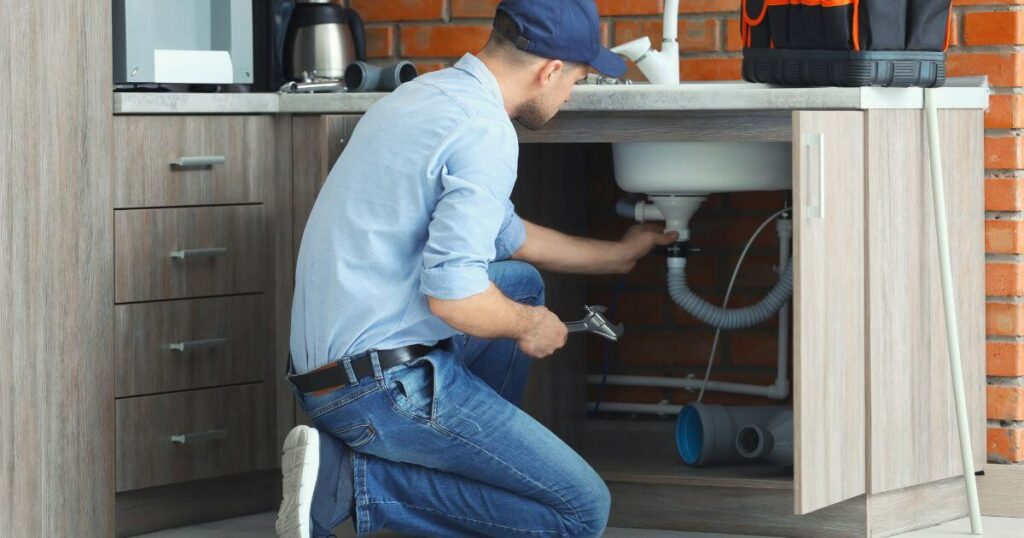
How does camera inspection operate?
Camera inspection operates through a simple yet effective procedure. It starts with the insertion of a high-definition camera on a flexible rod into the drain system. This camera is adept at navigating the complex pathways within plumbing systems, ensuring a thorough examination of the interior.
As the camera advances, it transmits real-time video footage back to the technicians. This footage offers a clear and detailed view of the pipe’s condition, revealing any blockages, damages, or signs of wear. The immediate access to visual data allows for a quick and precise identification of issues, streamlining the diagnostic process.
This method not only boosts the accuracy of diagnostics but also significantly cuts down the time and effort traditionally needed for such inspections. Camera inspection represents a modern approach to plumbing diagnostics, emphasizing efficiency and accuracy.
Inserting a high-definition camera into the drain
The process begins with the strategic insertion of a high-definition camera into the drainage system. Mounted on a specially designed flexible rod, this camera is adept at navigating the intricate pathways of plumbing systems. Its high-definition capability ensures that it captures every detail within the pipes in crisp clarity.
This step is fundamental, as it lays the groundwork for a thorough and precise evaluation of the drain’s condition, highlighting the importance of detailed visual access in diagnosing plumbing issues.
Providing real-time video to technicians
Following the insertion, the camera starts transmitting real-time video footage directly to the technicians on site. This live feed is critical for the immediate identification of problems within the pipes, such as blockages, structural damages, or general wear and tear. The ability to receive real-time visuals allows technicians to make prompt, informed decisions regarding the best course of action for repairs or maintenance.
This streamlined communication between the inspection technology and the professionals handling it underscores the efficiency and accuracy of camera inspections in plumbing diagnostics.
What problems can camera inspection reveal?
Camera inspection stands as a vital diagnostic tool in the plumbing field, revealing a broad spectrum of potential issues within the drainage system. It is particularly effective in spotting blockages caused by debris, intrusive tree roots, or unintended foreign objects, which could severely impede water flow. Furthermore, this technique shines a light on structural concerns such as cracks, breaks, or misalignments in the piping, which are crucial to address to safeguard against leaks and property damage.
Beyond these immediate concerns, camera inspection can also identify signs of corrosion, buildup, or general wear over time, acting as an early detection system for areas that may require attention to prevent future complications. By providing a clear and detailed view of such issues, camera inspection empowers homeowners and professionals to undertake necessary maintenance, ensuring the longevity and functionality of plumbing systems.
Blockages by debris, tree roots, or foreign objects
A prevalent issue detected through camera inspection is the presence of blockages. These are often caused by an accumulation of debris, the encroachment of tree roots, or the inadvertent introduction of foreign objects into the drainage system. Such obstructions can severely restrict water flow, leading to problematic backups.
Early identification and removal of these blockages are crucial for the smooth operation of any drainage system.
Cracks, breaks, or misalignments in pipes
Camera inspection is also invaluable in revealing structural damages within the plumbing network, such as cracks, breaks, or misalignments in the pipes. These issues can significantly compromise the system’s integrity, resulting in leaks and potential water damage over time. The precise localization and assessment capabilities of camera inspection make it possible to address these damages efficiently, avoiding more extensive and costly repairs later on.
Corrosion, buildup, or wear over time
Additionally, camera inspection can identify signs of corrosion, buildup, or general wear and tear that pipes endure over time. These conditions not only impair the pipe’s functionality but may also pose health hazards if neglected. Early detection of these signs of deterioration is critical, allowing for timely preventive actions or the planning of necessary replacements, thereby mitigating the risk of more significant issues developing.
Benefits of camera inspection over traditional methods
Camera inspection stands out for its numerous advantages over traditional plumbing diagnostic practices. One of its most significant benefits is the ability to offer a precise diagnosis without resorting to digging or causing any property damage. This non-invasive method not only maintains the aesthetic and structural integrity of properties but also cuts down on the time and expenses typically associated with traditional diagnostics.
Furthermore, camera inspection facilitates quicker identification of plumbing issues, accelerating the resolution process and preventing minor problems from developing into serious, costly repairs. Lastly, this modern approach yields long-term cost savings by pinpointing problems accurately, enabling targeted repairs that forestall future complications. By eliminating unnecessary interventions and focusing directly on the real issues, camera inspection emerges as a more efficient and economically sound choice for maintaining optimal drainage system health.
Precise diagnosis without digging or property damage
A major advantage of camera inspection lies in its ability to offer a precise diagnosis without resorting to invasive methods like digging, thus avoiding property damage. This approach not only maintains the property’s aesthetic and structural integrity but also streamlines the diagnostic process. The accuracy and non-invasiveness of camera inspection make it a highly preferred choice for identifying issues within drainage systems, ensuring that the diagnosis is both accurate and respectful of the property’s condition.
Quicker identification leading to faster issue resolution
The use of camera inspection leads to quicker identification of plumbing issues, which naturally results in faster issue resolution. Thanks to the real-time video feedback, technicians can immediately spot blockages, damages, or signs of wear in the pipes. This swift identification process allows for prompt corrective actions, minimizing the system’s downtime and preventing the escalation of minor issues into larger, more complex problems.
Long-term cost savings by preventing major repairs
Camera inspection’s precise pinpointing of plumbing issues enables targeted repairs, contributing to long-term cost savings. By focusing efforts and resources on the actual problems, unnecessary work is eliminated, reducing the potential for costly major repairs down the line. Additionally, the early detection and resolution of issues facilitated by camera inspection can significantly extend the plumbing system’s lifespan, further underscoring the method’s cost-effectiveness and efficiency as a diagnostic tool.
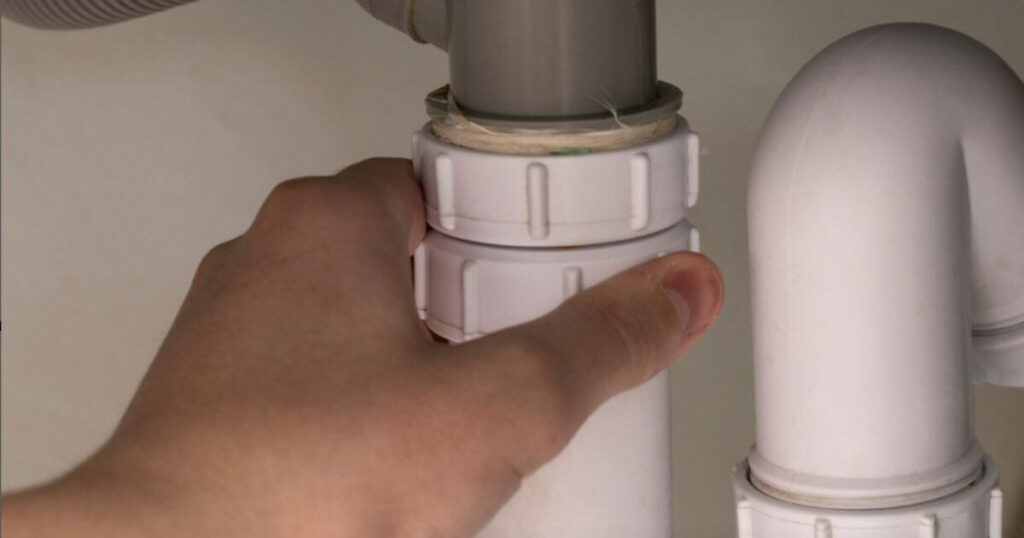
Optimal times for camera inspection
Identifying the optimal times for camera inspection is crucial for the proactive maintenance of plumbing systems. A key moment for considering a camera inspection is after experiencing recurrent blockages or slow drainage. These issues often hint at deeper, underlying problems that need addressing.
Similarly, encountering unexplained water damage or odors suggests hidden complications within the pipes, marking another significant time for inspection. Additionally, conducting a camera inspection is highly advisable before purchasing or renovating a property. This preventive step can reveal potential concerns that might impact the property’s value or necessitate expensive future repairs.
By recognizing these optimal moments for camera inspection, property owners can effectively prevent minor issues from escalating, ensuring the system’s durability and functionality.
Following recurrent blockages or slow drainage
It’s essential to consider a camera inspection following recurrent blockages or slow drainage. These persistent issues often signal deeper problems within the plumbing system, such as hidden obstructions or structural damage. A camera inspection at this juncture can accurately identify the cause, leading to more effective and targeted interventions that restore proper drainage and prevent future disruptions.
When experiencing unexplained water damage or odors
When experiencing unexplained water damage or odors, it’s a clear indicator that a camera inspection is needed. These symptoms can suggest the presence of leaks or blockages that are not visible to the naked eye, potentially endangering the property’s structural integrity and the well-being of its inhabitants. Through camera inspection, the precise source and nature of the problem can be determined, allowing for swift and appropriate solutions.
Prior to purchasing or renovating a property
Conducting a camera inspection is highly recommended prior to purchasing or renovating a property. This proactive step is invaluable for uncovering hidden plumbing issues that could affect the property’s overall value or lead to significant repair costs in the future. Identifying these concerns beforehand enables potential buyers or those planning renovations to make well-informed decisions, ensuring the plumbing system is in excellent condition before making a substantial investment.
Limitations of camera inspection technology
While camera inspection technology is a powerful asset in plumbing diagnostics, it comes with certain limitations. Primarily, it functions as a diagnostic tool only, lacking the capability to carry out repairs. This means that although it can effectively identify issues within the plumbing system, additional steps are necessary to rectify these problems.
Furthermore, camera inspection might miss very small leaks or hairline cracks, which can be difficult to detect, particularly in extensive or complicated plumbing networks. Despite these challenges, camera inspection remains an invaluable tool in the plumbing industry, offering a non-invasive, precise, and efficient method for uncovering potential issues within drainage systems.
Diagnostic tool only, does not repair
One notable limitation of camera inspection technology is its role as a diagnostic tool only, lacking the functionality to execute repairs. It is highly efficient at uncovering various issues within the plumbing system, such as obstructions, damages, or general deterioration. However, the technology itself is not equipped to fix these problems.
After identifying an issue, it is necessary to engage plumbing professionals to undertake the actual repair work, addressing the detected concerns.
May miss very small leaks or hairline cracks
Additionally, camera inspection technology has a limitation in that it may overlook very small leaks or hairline cracks. Despite its advanced high-definition imaging capabilities and the detailed insights it provides into the condition of pipes, the subtlety of certain leaks or cracks can sometimes go undetected. This limitation is particularly relevant in larger or more intricate plumbing systems, where the complexity of the network might conceal minor flaws.
While camera inspection remains a powerful tool for a wide array of diagnostic needs, this constraint underscores the importance of employing additional diagnostic techniques in certain cases.
Preparing for a camera inspection
Preparing for a camera inspection involves a few key steps to ensure the process is as efficient and effective as possible. Initially, it’s important to ensure clear access to the main drain line. This might mean removing any physical obstructions or debris that could impede the technician’s direct access to the system.
Furthermore, temporarily ceasing water usage within the property can also be beneficial. Stopping the flow of water can significantly enhance the clarity of the images captured by the camera, providing a more accurate view of the pipe’s interior. By following these preparatory measures, property owners can help facilitate a seamless inspection process, allowing technicians to conduct a thorough and precise assessment of the plumbing system’s condition.
Ensure clear access to the main drain line
To facilitate a smooth camera inspection process, it’s essential to ensure clear access to the main drain line. This step requires removing any physical barriers, such as household clutter, debris, or even landscaping around the access point, that could impede the technician’s entry into the system. Providing unobstructed access ensures that the inspection camera can be easily inserted and maneuvered through the plumbing, allowing for a thorough and unimpeded examination of the pipes.
Temporarily cease water usage if possible
Temporarily ceasing water usage within the property, when possible, is another vital preparation for a camera inspection. Stopping water flow can significantly enhance the clarity of the camera’s visuals, making it easier to identify issues within the pipes. This pause in water usage helps in capturing detailed images of the pipe’s interior, aiding in the detection of even minor or subtle plumbing concerns, thus contributing to a more accurate and comprehensive diagnostic evaluation.
Post-camera inspection steps
Following the completion of a camera inspection, several essential actions are recommended to address the findings effectively. The first step involves reviewing the detailed report with a plumbing expert. This report provides a comprehensive overview of the plumbing system’s condition, highlighting any identified issues such as blockages, damages, or other concerns.
Based on this analysis, it’s crucial to prioritize and schedule repairs for the most critical problems, ensuring timely resolution to prevent further complications. Additionally, it’s wise to contemplate preventive measures that could mitigate future plumbing issues. This might include routine maintenance or adjustments in usage practices to safeguard the long-term health of the plumbing system.
By adhering to these post-camera inspection steps, property owners can proactively maintain their plumbing system’s efficiency and reliability.
Review the detailed report with a plumbing expert
A critical step following a camera inspection is to review the detailed report with a plumbing expert. This report provides an in-depth analysis of the plumbing system’s current state, pinpointing any blockages, structural damages, or areas of concern. Engaging with an expert to go over these findings ensures a comprehensive understanding of the issues and helps in formulating an effective plan of action for addressing them.
Prioritize and schedule repairs based on findings
Based on the insights gained from the detailed report, it’s essential to prioritize and schedule repairs based on the findings. Some identified problems may pose immediate risks and require urgent attention, while others could be addressed in a more planned manner. Effectively prioritizing these repairs ensures that the most critical issues are resolved first, safeguarding the plumbing system against further damage and maintaining its operational integrity.
Consider preventive measures to avoid future issues
In addition to addressing current problems, considering preventive measures to mitigate future plumbing issues is highly advisable. This may include regular maintenance schedules, lifestyle or usage changes to lessen the burden on the plumbing system, or upgrades to more resilient materials and components. By implementing such preventive measures, informed by the camera inspection’s findings, the likelihood of encountering similar issues down the line can be significantly reduced, promoting the longevity and efficiency of the plumbing system.
